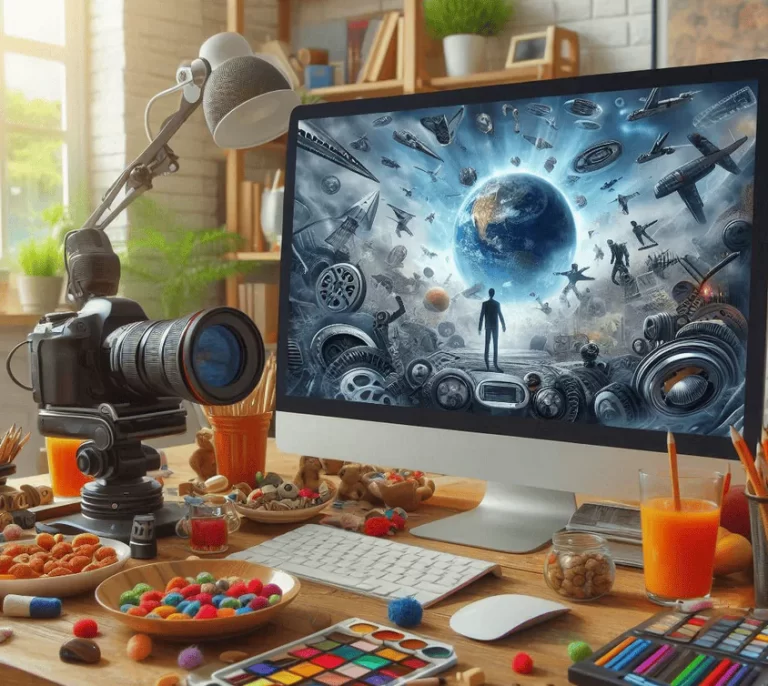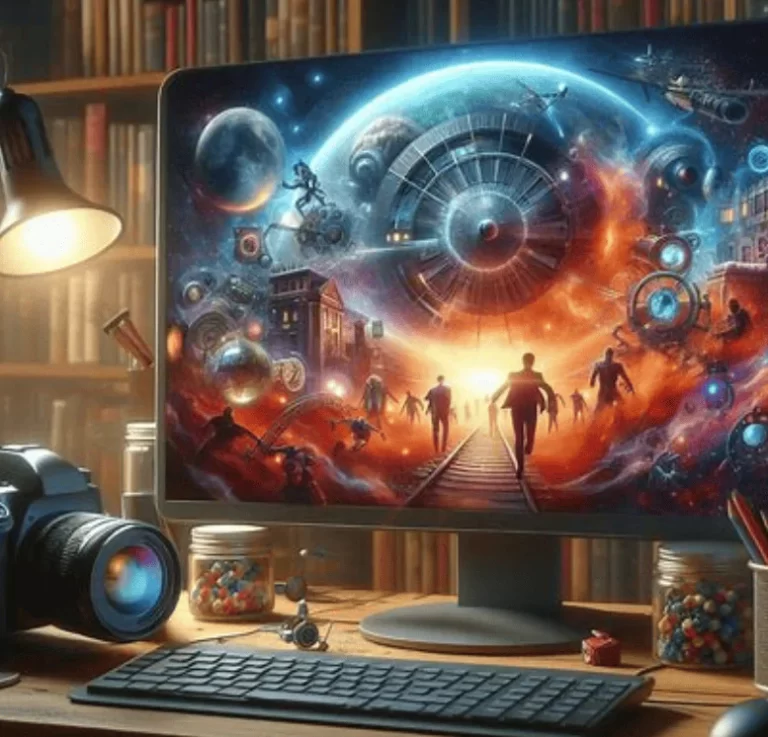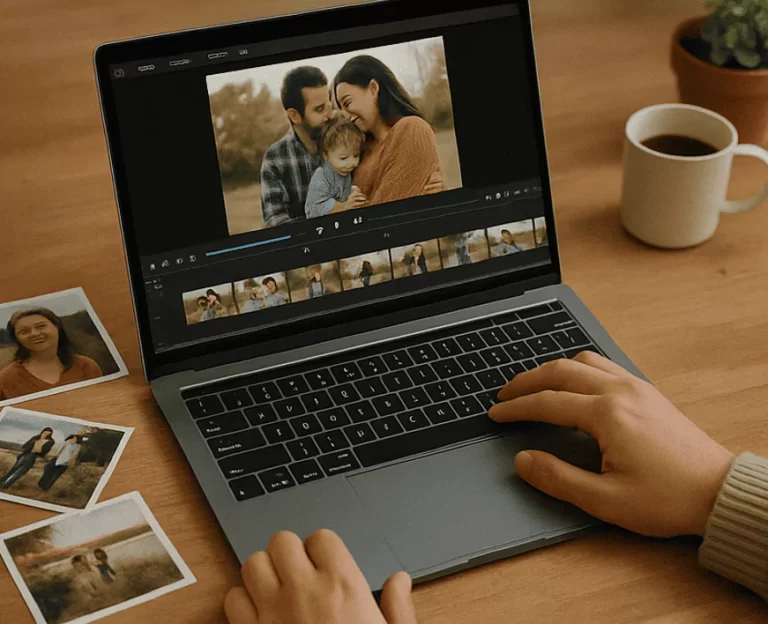
Music Streaming The intersection of technology and culture has birthed countless innovations, but few are as transformative as the synergy between Music Streaming and social media. These two digital forces have redefined how we consume, share, and interact with music. Beyond just a listening experience, music has evolved into a shared social currency, connecting people across boundaries through collaborative playlists, viral challenges, and direct artist engagement.
A New Era for Music Discovery
In the pre-digital era, discovering new music often involved radio recommendations, word-of-mouth, or flipping through vinyl records at a local store. The digital age changed everything. Music Streaming platforms like Spotify, Apple Music, and YouTube have democratized access to a virtually infinite library of songs. Combined with the social reach of platforms such as Instagram, TikTok, and Twitter, discovering music is now a highly interactive and global experience.
The Role of Algorithms
Central to this transformation is the role of recommendation algorithms. These sophisticated systems analyze listening habits, preferences, and even the musical structure of songs to suggest tracks that align with individual tastes. However, when paired with social media, these algorithms take on a communal dimension. Viral TikTok sounds, Instagram reels featuring trending tracks, and user-generated playlists amplify the reach of songs, helping them gain traction far beyond their initial audience.
The Social Dimension of Music Streaming
Social media has turned listening to music into a shared activity. It is no longer a solitary pursuit but an opportunity to engage, express, and connect with others.
Shared Playlists and Collaborations
One of the most innovative features of Music Streaming platforms is the ability to create and share playlists. These digital mixtapes allow users to curate music for specific moods, events, or themes and share them with friends or the broader online community. Collaborative playlists take this a step further, enabling multiple users to contribute songs, fostering a sense of collective ownership and creativity.
Viral Trends and Challenges
Social media platforms, particularly TikTok, have become incubators for viral music trends. A single 15-second clip of a song can catapult it to global fame, generating millions of streams within days. These trends blur the lines between Music Streaming and social interaction, as users participate in challenges, dance routines, or comedic skits tied to a specific track.
The Artist-Audience Relationship
For artists, the convergence of Music Streaming and social media offers unprecedented opportunities for engagement and visibility.
Direct Engagement
Artists can now communicate directly with their fans, bypassing traditional gatekeepers like record labels and radio stations. Social media platforms provide spaces where musicians can share personal stories, behind-the-scenes content, and even host live sessions. This intimacy fosters a deeper connection between artists and their audiences, turning casual listeners into loyal fans.
Crowdsourcing Creativity
Some artists have embraced the collaborative potential of social media, using it to crowdsource ideas for lyrics, music videos, or album artwork. This interactive approach not only strengthens fan loyalty but also creates a sense of shared accomplishment. It’s not just about consuming music but actively participating in its creation.
Monetizing the Social Sound
The integration of social media with Music Streaming has also redefined how music is monetized.
Streams and Revenue
Every time a song is streamed, it generates revenue for the artist and rights holders. Viral trends on social media can lead to exponential increases in Music Streaming, translating to significant financial gains. Platforms like Spotify Wrapped further capitalize on this by gamifying listening habits, encouraging users to share their statistics online and driving even more streams.
Brand Collaborations
Brands have recognized the power of music-driven social trends. From sponsorships to partnerships with trending artists, companies are leveraging the influence of music on social media to connect with younger, digitally native audiences.
Challenges in the Social Soundscape
While the marriage of Music Streaming and social media has brought numerous benefits, it also presents challenges.
Oversaturation
With millions of tracks available and countless users vying for attention, it can be difficult for new or niche artists to stand out. The same algorithms that amplify popular songs can also marginalize less mainstream voices.
The Impact of Short Attention Spans
Social media’s fast-paced nature often favors short, catchy segments of songs over full-length tracks. This can impact how artists approach their craft, prioritizing viral potential over artistic depth.
The Future of Music and Social Media
As technology continues to evolve, the relationship between Music Streaming and social media will undoubtedly deepen. Emerging trends and innovations are poised to reshape this dynamic further.
Immersive Experiences
Virtual and augmented reality technologies are on the horizon, promising to redefine how we experience music. Imagine attending a virtual concert with friends in a shared digital space or discovering new tracks through an immersive VR app that integrates Music Streaming and social interaction.
AI-Powered Personalization
Artificial intelligence is set to play an even larger role in curating music experiences. By analyzing social media activity alongside listening habits, future platforms could create hyper-personalized playlists that reflect not just musical preferences but also cultural and social contexts.
Blockchain and Ownership
Blockchain technology has the potential to revolutionize music ownership and monetization. Artists could use it to ensure fair compensation, while fans might purchase fractional ownership of songs, creating a new layer of engagement and investment in the music they love.
Conclusion
The fusion of Music Streaming and social media has redefined the musical landscape. What was once a passive activity is now an interactive, social, and ever-evolving experience. From viral challenges to collaborative playlists, music has become a shared language that connects people across the globe. As we look to the future, one thing is certain: the social sound will continue to shape how we create, share, and experience music.



